Pabellón Jungmyeongjeon (중명전)
354.3269643756599m 2055 2021-04-05
Jeongdong-gil 41-11, Jung-gu, Seúl.
Este sitio histórico se encuentra ubicado por detrás del palacio Deoksugung, cerca del Teatro Jeongdong. Fue la biblioteca real, construido durante el período 1897-1901, por el arquitecto ruso Seredin Sabatin, y consta de 3 pisos en total y es de estilo occidental. Su nombre original fue Suokheon. Después del incendio del palacio Deoksugung en el año 1904, fue utilizado como la oficina administrativa del rey y la sala de audiencia de las delegaciones extranjeras, y también fue el lugar trágico en donde se firmó el Tratado de Eulsa (tratado desigual en el que Corea fue ocupada y declarada protectorado japonés).
En un principio, el pabelló Jungmyeongjeon formaba parte del palacio Deoksugung, pero con el levantamiento del muro de piedra (conocido como el “Doldamgil de Deoksugung”), dejó de serlo. Es una de las primeras construcciones contemporáneas de Corea, pero por el incendio de 1925, solo ha quedado en pie la pared del edificio. Después de la independencia del dominio japonés (15 de agosto de 1945), ha tenido varios usos y dueños diferentes, hasta que en septiembre del 2006, el derecho de propiedad del inmueble pasó a la Administración de Patrimonios Culturales, y finalmente, en febrero del 2007, fue declarado Sitio Histórico Nº 124.
Samseong Bbalgan Yangnyeom Sutbulgui (삼성 빨간양념 숯불구이)
359.3004892535654m 3721 2020-06-16
37, Namdaemun-ro 1-gil, Jung-gu, Seoul
+82-2-752-6449
Samseong Bbalgan Yangnyeomg has been famous for its charcoal-grilled dishes since 1972, and is especially well known for its spicy seasoning made from powdered red pepper, garlic, and ginger. Pork is mixed with the seasoning, giving it the characteristic red color and unique flavor, and then grilled over hot coals. This is the perfect restaurant for spicy food-lovers or those looking for a challenge.
Other dishes include jumulleok (marinated pork) and donggeurangttaeng (batter-fried meatballs). Jumulleok is made by seasoning fresh meat, whereas donggeurangttaeng is made by cutting the frozen meat into small pieces, and then marinating it. Older adults usually prefer jumulleok, while the young prefer donggeurangttaeng.
Omokjip Cityhall(오목집 시청)
379.82588359602573m 113 2020-10-30
38, Namdaemun-ro, 1-gil, Jung-gu, Seoul
+82-2-3789-6882
A pig's trotter(s) specialty restaurant located near City Hall Station in Seoul. This restaurant's signature menu is braised pigs'' feet. Jokbal (pig's trotter) is a representative food loved by Koreans.
Gyodae Icheungjip Sicheong (교대이층집 시청)
379.82588359602573m 91 2020-10-30
2F, 38, Namdaemun-ro, 1-gil, Jung-gu, Seoul
+82-2-318-6882
A barbecue specialty restaurant located near City Hall Station in Seoul. A store famous for flower-shaped pork belly. The most famous menu is grilled pork belly.
Ramada Hotel & Suites by Wyndham Seoul Namdaemun [Korea Quality] / 라마다 호텔앤스위트 서울남대문 [한국관광 품질인증/Korea Quality]
404.6510570804899m 37 2021-03-29
27, Chilpae-ro, Jung-gu, Seoul
+82-2-775-7000
Ramada Hotel & Suites by Wyndham Seoul Namdaemun is located in Sunhwa-dong, Jung-gu, at the center of Korea’s capital. Its location gives guests excellent access to Seoul’s major tourist sights, and some major sights like Namdaemun Market, the City Hall, Myeongdong, Gwanghwamun Gate, and Deoksugung Palace are reachable on foot. Seoul Station and City Hall Station are located nearby for good access to public transportation. The hotel is often used by international visitors to Seoul.
There are 244 rooms in total, from Superior Double and Twin to Deluxe Double and Twin, Triple, Premier Twin, Quad, Junior Suite Double, Corner Suite, Atrium Suite Family, etc. Facilities include a restaurant, a conference room, a cafe, an underground arcade, and a currency exchange kiosk. The business center offers copying, printing, scanning, and fax services. Up to 2 dogs can be brought into the room, but dogs carry a surcharge for cleaning per day and dog.
Puerta Sungnyemun (Puerta Namdaemun) (숭례문)
428.0005048826574m 14261 2023-02-20
Sejong-daero 40, Jung-gu, Seúl
La puerta Namdaemun, cuyo nombre oficial es Sungnyemun, es un Tesoro Nacional de Corea. Tiene una entrada con forma de arco en el centro de una plataforma levantada de piedras. Sobre la misma, se elevan los pilares y el techo dividiendo al portal en nivel superior e inferior. En los laterales Este y Oeste, tiene abiertas puertas para entrar y salir.
El césped verde que rodea a la plataforma muestra las huellas de una antigua fortaleza. Cuando el monarca fundador de la dinastía Joseon, Lee Seong-Gye (que reinó de 1335 a 1408), hizo construir la ciudad capital, creía que en caso de incendio, el fuego alcanzaría el palacio Gyeongbokgung como así también el interior de la capital porque el monte Gwanaksan de Seúl tiene la figura del fuego de acuerdo a los principios de geománticos del “feng-shui”. Por ello, el letrero de la puerta Sungnyemun fue escrito en sentido vertical para proteger a la ciudad del incendio, porque los caracteres chinos escritos en forma horizontal se semejan a la imagen del fuego. La ideografía del letrero de Sungnyemun es solemne, elegante y llena de fuerza, pero a la vez, prolija.
La ideografía es famosa por ser de puño y letra del príncipe Yangnyeongdaegun (que reinó de 1394 a 1462), el primogénito de Taejong (1367-1422) de la dinastía Joseon. Por las noches, las luces de las lámparas de mercurio ubicadas debajo de la puerta añaden más belleza a su estética natural.
Travelodge Myeongdong City Hall (트레블로지 명동 시티홀)
429.7798226913399m 12 2021-06-25
22, Sejong-daero 16-gil, Jung-gu, Seoul
+82-2-6362-6000
Travelodge Myeongdong City Hall provides excellent and efficient customer services as well as convenient amenities for the comfort of all their guests. The hotel is only 3 minutes’ walk away from City Hall Station, and its location benefits both tourists and business travelers alike as it offers various transportation options with Seoul's popular tourist attractions in the vicinity, such as Deoksugung Palace and Namdaemun Market. The hotel features a sauna session and spa services to relieve stress and put one's body and mind at ease after a busy day of traveling.
Masan Place (마산집)
435.52086806637664m 2650 2021-11-04
22-5, Sejong-daero 14-gil, Jung-gu, Seoul
+82-2-752-2415
Masan Place is located in a famous food alley near Seoul City Hall. The restaurant has been in operation for over 40 years, being most well known for their soegogi gukbap (beef rice soup) and modeum jeon (assorted pancakes). The latter comes with pan-fried oysters, seafood, and other ingredients. This dish goes particularly well with alcohol.
Masan Place is known for being frequented visited by Former President Roh Moo-hyun. Since the establishment opened, the same cook has prepared its delicious meals. The restaurant was named after the proprietor from Masan.
Hotel The Plaza (플라자호텔)
446.4736456958431m 30772 2019-02-07
119, Sogong-ro, Jung-gu, Seoul
+82-2-771-2200
The hotel is ideally situated in the center of Seoul, located close to many office areas, major banks, the hotel, and the city's main public transportation junctions. Namdaemun Gate and many shopping areas are not too far, making it convenient for business guests and tourists alike. Also, the hotel faces the Blue House and the former City Hall building directly at closer distance, completing a spectacular view over Seoul.
Parque de la Historia de Seosomun (서소문역사공원)
458.4233466083663m 20195 2023-08-11
Chilpae-ro 5, Jung-gu, Seúl
El área de la puerta Seosomun fue un lugar de persecución religiosa en el siglo XIX, antes de convertirse en el parque local actual. Muchos católicos fueron reprimidos y martirizados aquí, convirtiendo este lugar en un sitio sagrado para los catolicos coreanos. Seosomun era una puerta de entrada al mercado Chilpae, ubicado cerca de la puerta Sungnyemun (Namdaemun). Siempre estaba atestado de transeúntes y por esta razón servía para mostrarle a la gente los castigos hacia los acusados de haber cometido crímenes. El 15 de mayo de 1999 se levantó una torre conmemorativa en el centro del parque en honor a los mártires. En 2013, el distrito de Jung-gu de Seúl también fundó el Museo de Historia del Santuario Sagrado de Seosumun, con una sala de exposiciones alusiva.
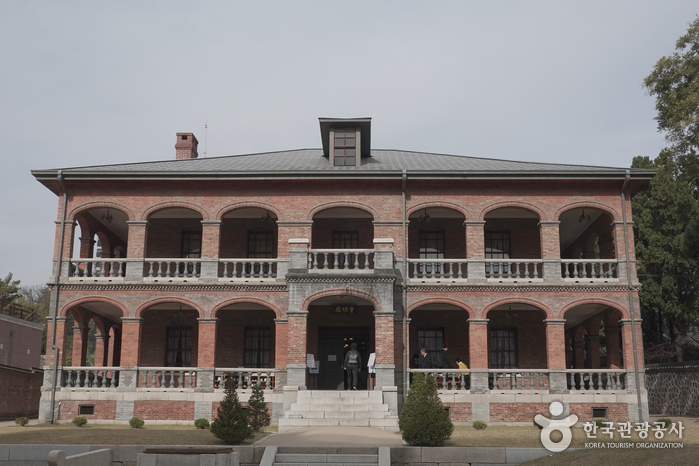
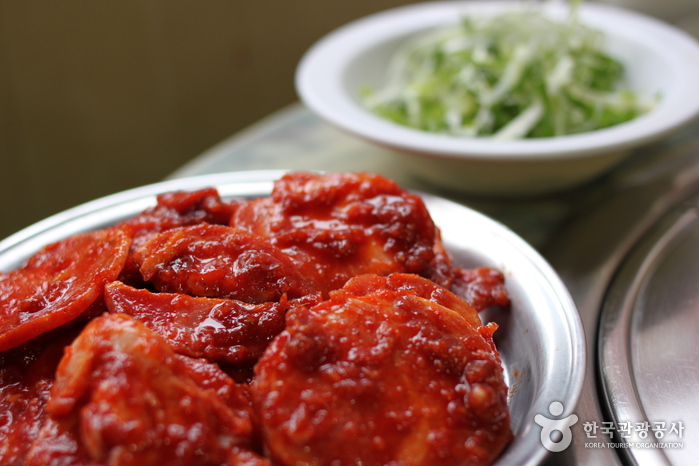
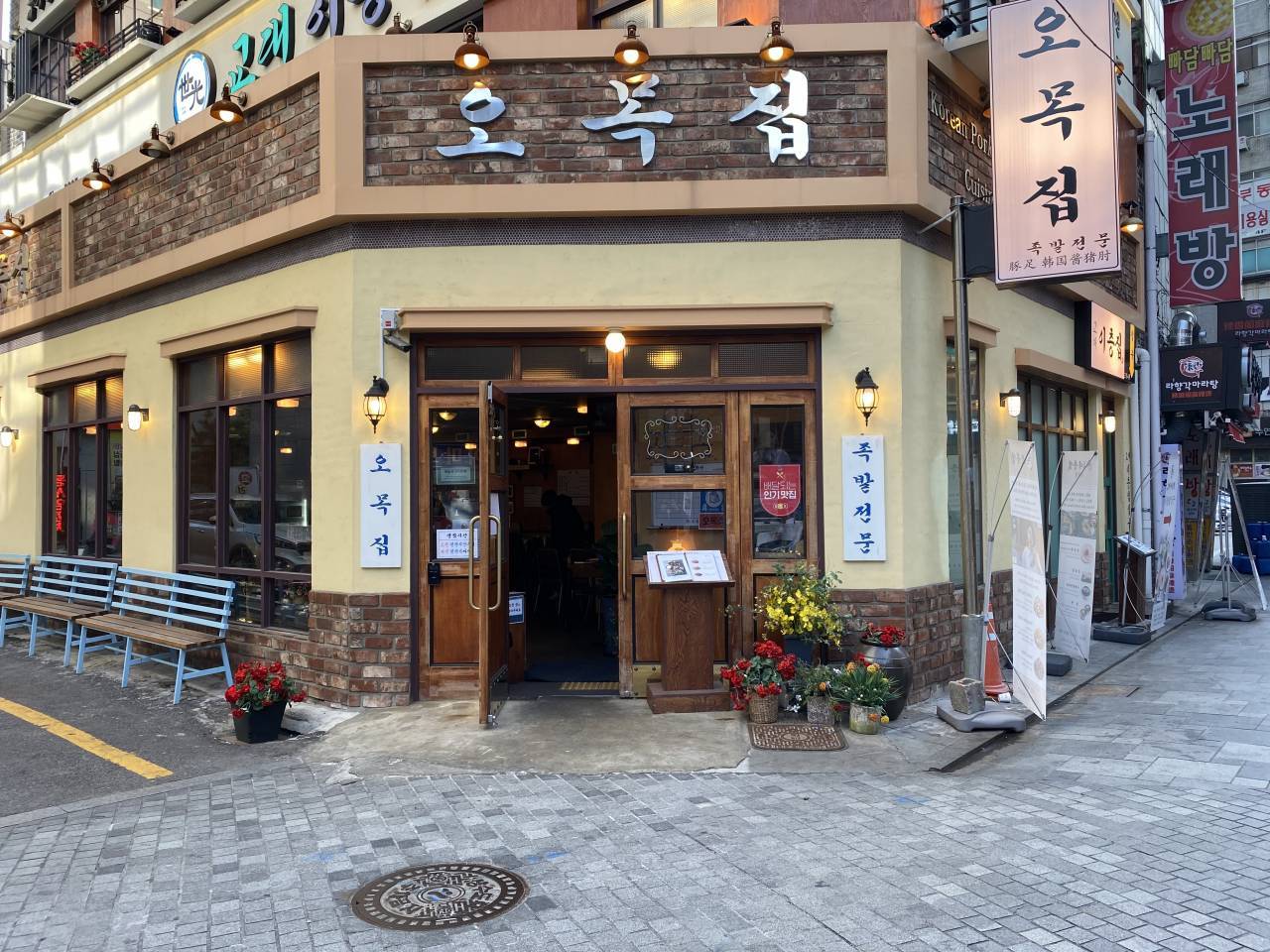
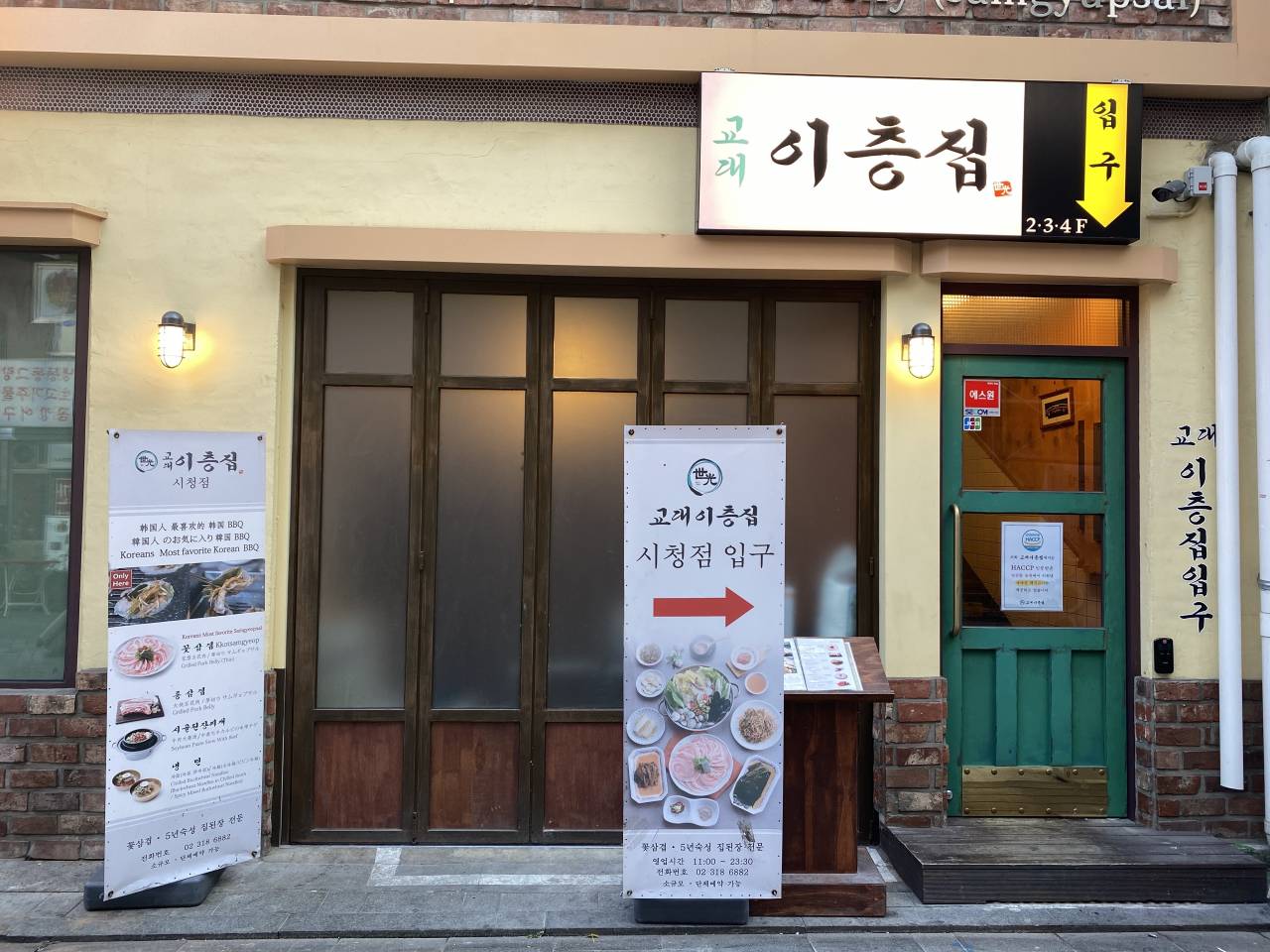
![Ramada Hotel & Suites by Wyndham Seoul Namdaemun [Korea Quality] / 라마다 호텔앤스위트 서울남대문 [한국관광 품질인증/Korea Quality]](http://tong.visitkorea.or.kr/cms/resource/55/2707755_image2_1.jpg)
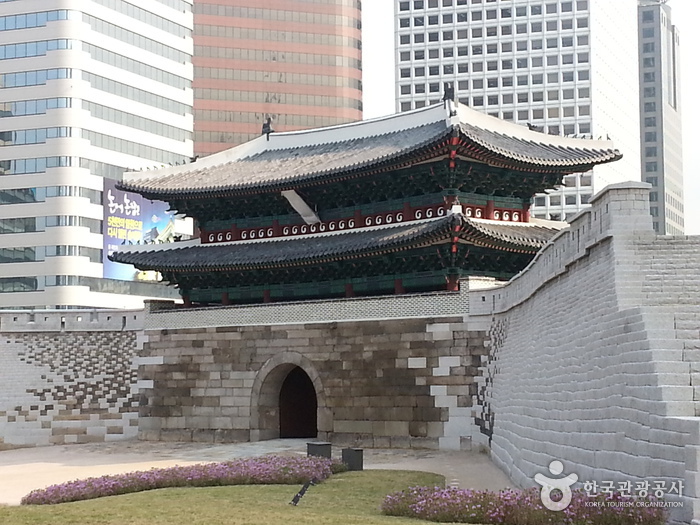
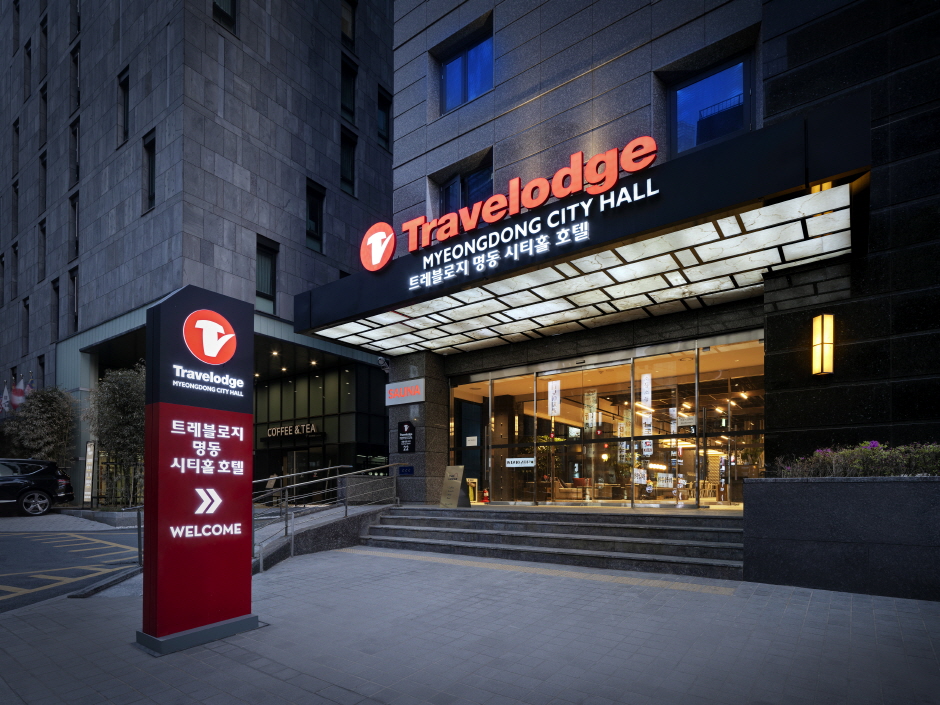
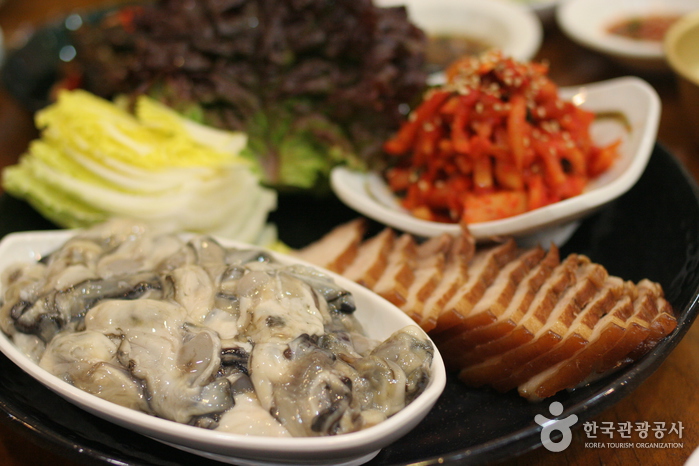

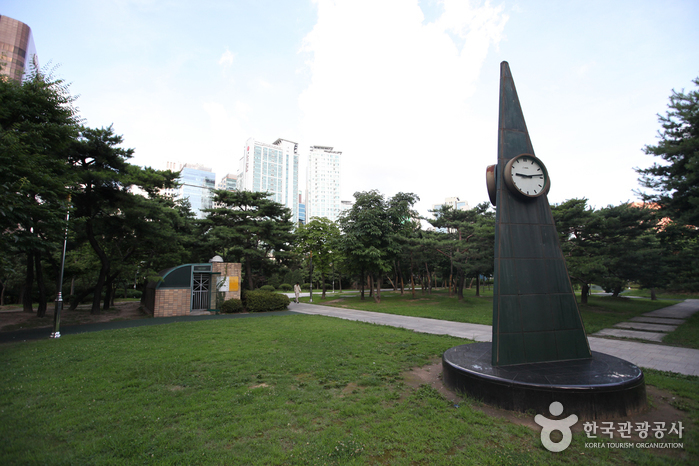
 Español
Español
 한국어
한국어 English
English 日本語
日本語 中文(简体)
中文(简体) Deutsch
Deutsch Français
Français Русский
Русский